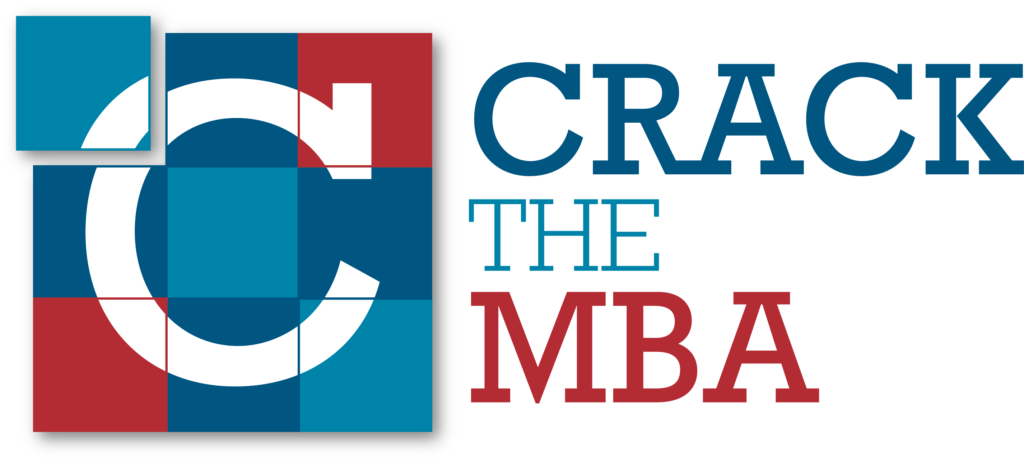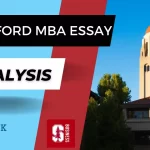Roadmap for Admission into an MBA Program (4 of 6)
Welcome back to our Roadmap Series. This is part IV of our VI part series. In our first, second and third posts, we discussed four of the eight steps to completing the MBA Application Process i.e. GMAT, School Research, Resume and Storyline. Today, we will talk about Recommendations and Essays.
Recommendations
Recommendations are meant to be sort of like an audit check into your candidacy to give the AdCom a way to ensure your candidacy and your claims that you make through different parts of your application.
Typically, schools require 2 professional recommendations including 1 from your immediate supervisor. Some schools may require as many as 3 recommendations in which case you can have 1 non-professional recommendation. Please note the stress on “professional” recommendations. It is highly recommended to get these when it’s a possibility as opposed to getting recommendations from your college professors. Of course, if you are applying immediately after college, that may be the only avenue available to you.
You should decide who you wish to use as a Recommender fairly early in the process as you should give your Recommenders sufficient time to fill out and submit your Recommendations. You also need to meet with your Recommenders one-on-one and have a discussion about your goals and your reasons for wanting to pursue an MBA. Do note here that if you’ve already gone through the process of brainstorming your Storyline, you can guide your Recommenders accordingly and this would also ensure that your Essays and Recommendations are broadly aligned.
Give this step at least 3 months before your application is due so that you have buffer time to manage any last-minute troubles. The good news is that this step can happen in parallel with some of the other steps such as School Research. All you need to ensure is that you give your Recommenders sufficient notice. I cannot stress enough on the importance of giving your Recommenders sufficient time and information. As an example, if your application is due in the first week of January, you should have your Recommenders confirmed and prepped no later than the end of September.
Essays
An Essay or a Statement of Purpose (SOP) serves to help the MBA Admissions Committee better understand you as an applicant, your goals, your ambitions, what makes you tick. This is one area of your application that can really “make or break” your application. The number and length of essays varies immensely depending and is entirely on the discretion of the school. Lately, there has been a trend in favor of shorter essays with the thought process being that beyond a certain number of words, it’s just noise.
Some of the common questions seek to understand why you need an MBA now and why do you want to pursue your MBA at the school that you are applying to. Schools want to see that you have specific goals in mind and a path from where you currently are and to where you wish to be which can only be bridged through an MBA. Further, they wish to see a commitment on your end towards achieving your goals by researching different programs and determining the program that best fits your need. If they don’t see either of the two characteristics, they will not be convinced by your candidacy and you may well receive a ding.
Essays require considerable time, effort, feedback and continuous improvement. Essay writing is a highly iterative process and needless to say, the more iterations you take your essays through, the better the quality of your applications. You want to give yourself 1-2 months dedicated to come up with good essays which have been proofread by someone more objective than a friend or a family member.
As an example, Stanford’s Graduate School of Business had the following set of Essay Questions for its class beginning in 2012:
Tell us in your own words who you really are. Answer essay questions 1, 2, and two of the four options for essay 3.
- Essay 1 (750 words): What matters most to you, and why?
- The best examples of Essay 1 reflect the process of self-examination that you have undertaken to write them.
- They give us a vivid and genuine image of who you are—and they also convey how you became the person you are.
- They do not focus merely on what you’ve done or accomplished. Instead, they share with us the values, experiences, and lessons that have shaped your perspectives.
- They are written from the heart and address not only a person, situation, or event, but also how that person, situation, or event has influenced your life.
- Essay 2 (450 words): What do you want to do—REALLY—and why Stanford?
- Use this essay to explain your view of your future, not to repeat accomplishments from your past.
- You should address three distinct topics:
- your career aspirations
- the role of an MBA education in achieving those aspirations
- and your rationale for earning that MBA at Stanford, in particular.
- The best examples of Essay 2 express your passions or focused interests; explain why you have decided to pursue graduate education in management; and demonstrate your desire to take advantage of the opportunities that are distinctive to the Stanford MBA Program.
- Essay 3 (300 words): Answer two of the four questions below. Tell us not only what you did but also how you did it. What was the outcome? How did people respond? Only describe experiences that have occurred during the last three years.
- Option A: Tell us about a time when you built or developed a team whose performance exceeded expectations.
- Option B: Tell us about a time when you made a lasting impact on your organization.
- Option C: Tell us about a time when you generated support from others for an idea or initiative.
- Option D: Tell us about a time when you went beyond what was defined or established.
Conclusion
In today’s post, we learnt how to go about your Recommendations and Essays. In our next post, we will cover the final two steps namely, Miscellaneous Items and Interviews. Keep reading and slowly and steadily, we will keep moving towards our goal i.e. to Crack The MBA.






